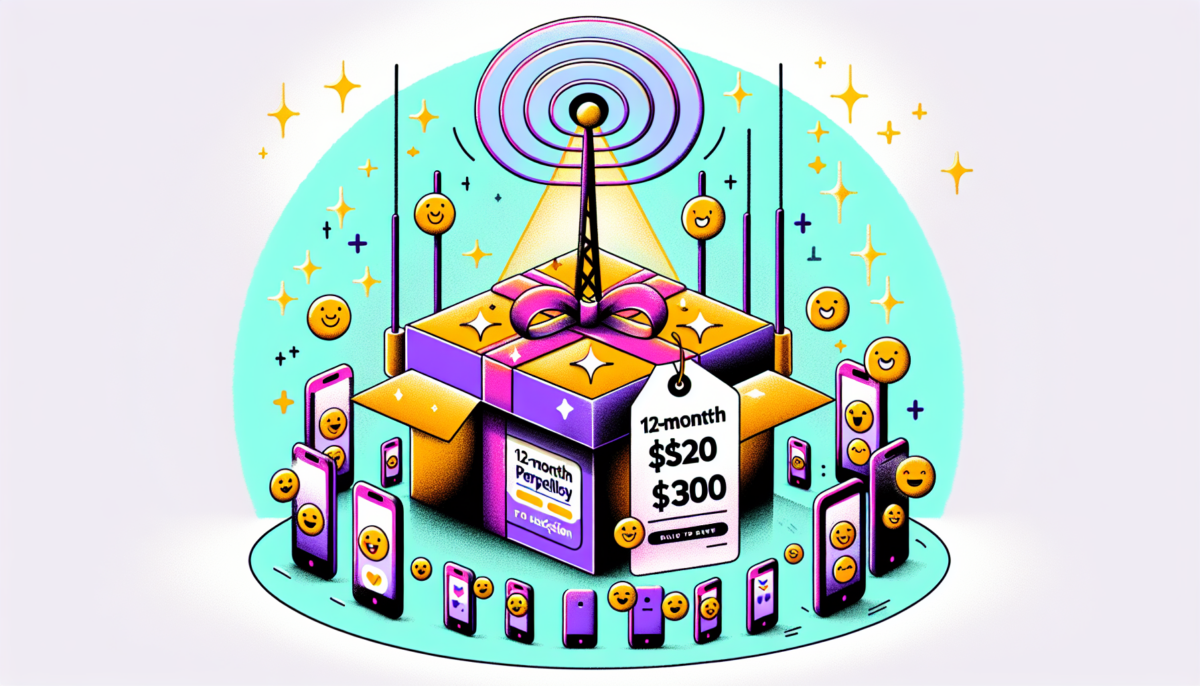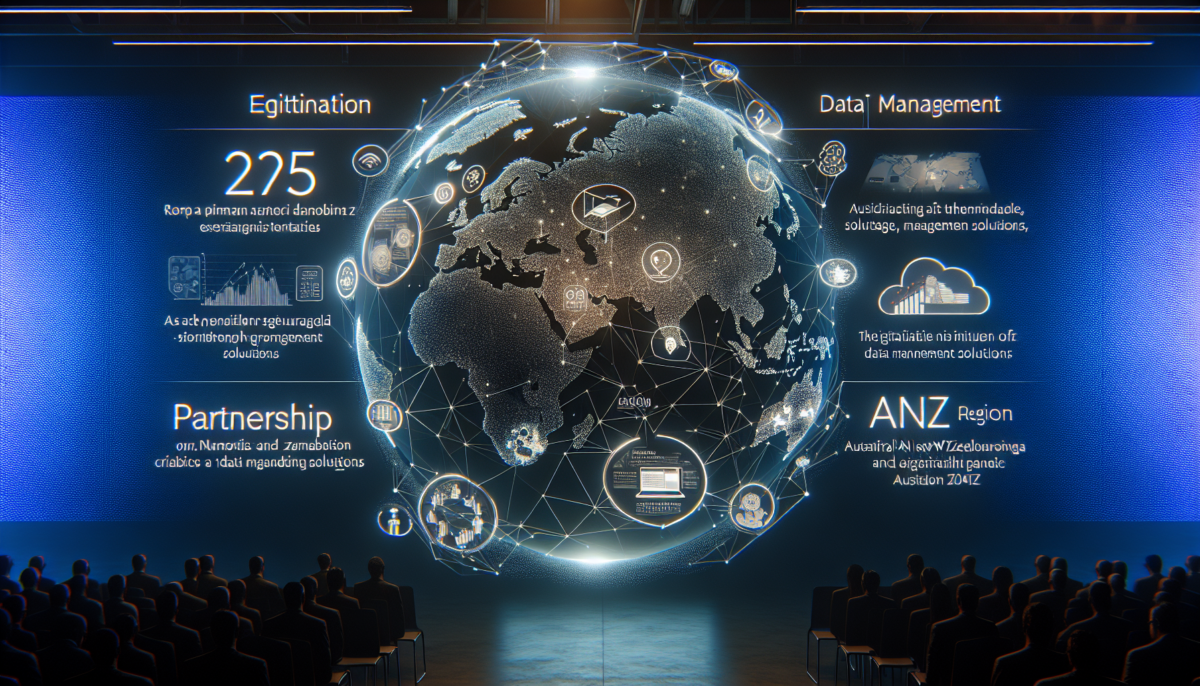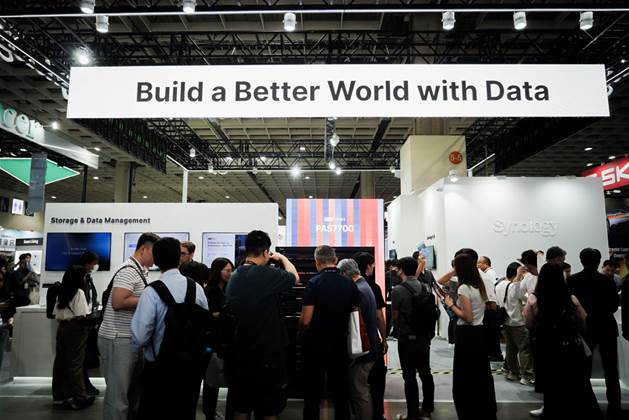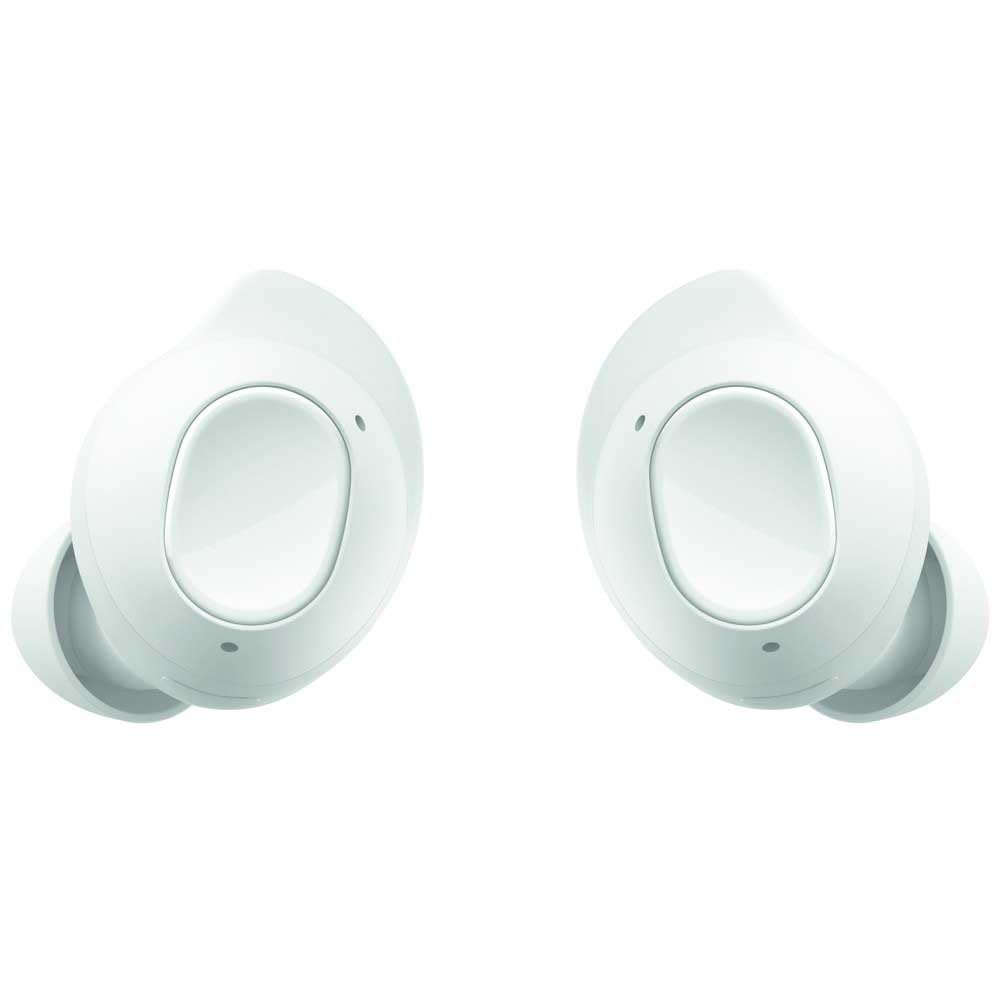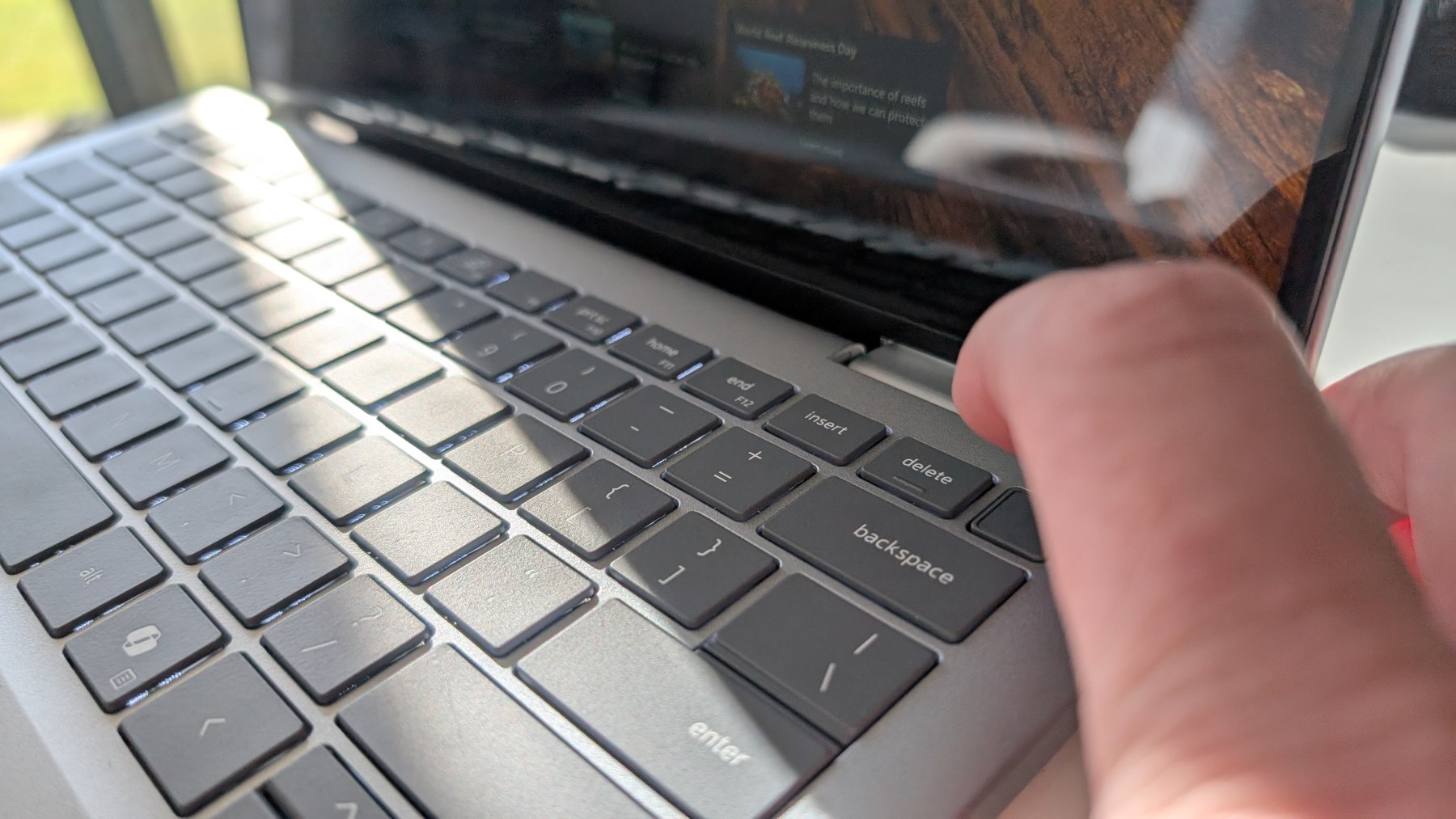Optus Collaborates with Perplexity to Provide AI Subscriptions
Quick Overview
- Optus teams up with Perplexity to provide a no-cost 12-month subscription.
- This initiative seeks to enhance AI accessibility in Australia.
- Perplexity Pro offers AI-enhanced answers and information retrieval services.
- The subscription is valued at A$300 and is available for eligible Optus users.
- Generative AI uptake in Australia trails the Asia-Pacific average.
- Qualified customers can claim the offer until December 31, 2025.
Boosting AI Accessibility with Optus and Perplexity
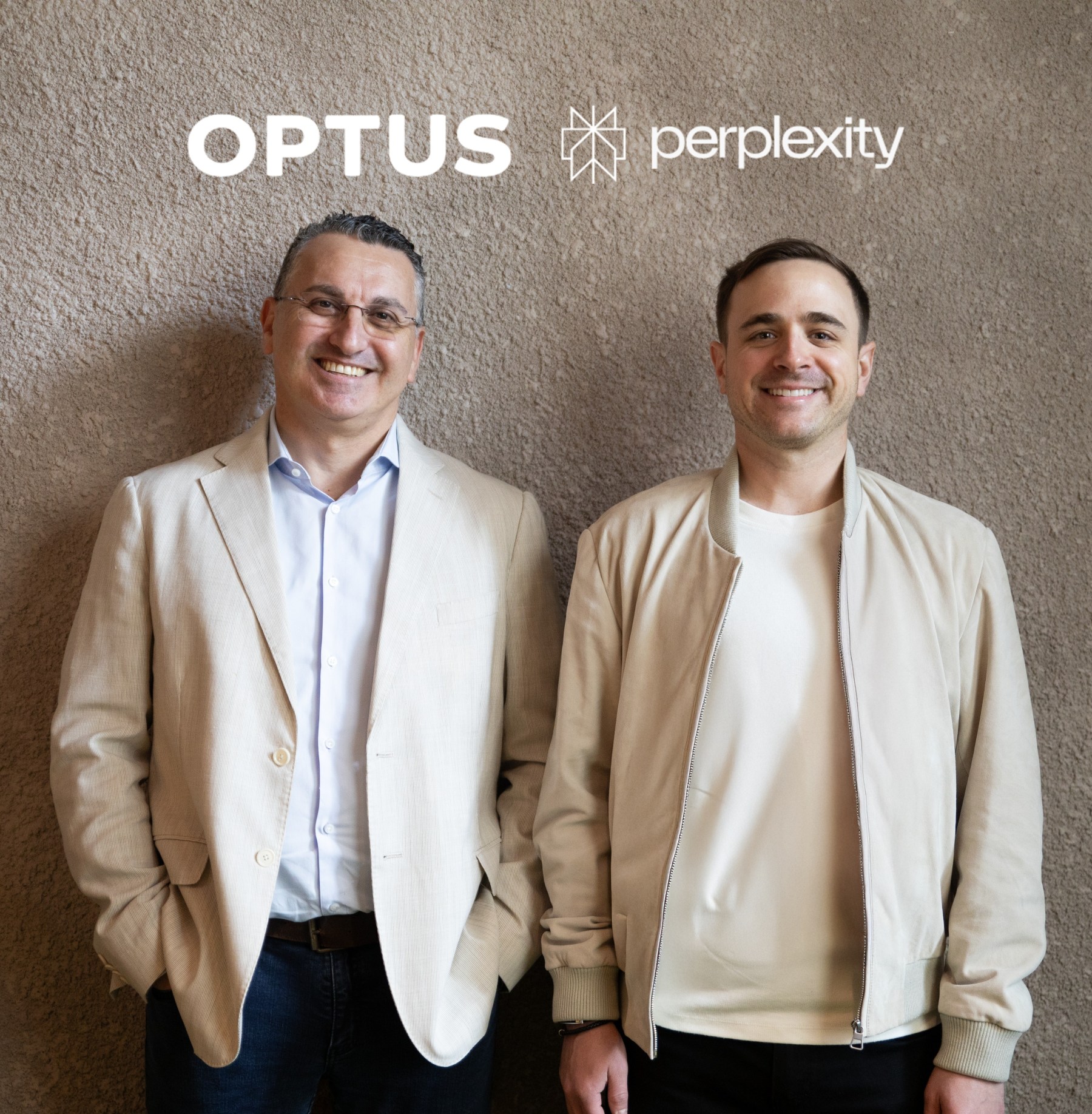
In a significant partnership, Optus has collaborated with the AI-driven answer engine Perplexity to offer qualified mobile customers a free 12-month subscription to Perplexity Pro. This subscription, valued at A$300, is part of Optus’ initiative to enhance the accessibility of artificial intelligence for Australians.
A New Chapter for Telecommunications and AI Collaborations?
This collaboration could signal a change in how telecommunications companies in Australia vie for market dominance. By integrating large language models (LLMs) into their offerings, businesses might begin redefining customer benefits. Might this result in other partnerships, like Telstra joining forces with ChatGPT or Vodafone with Grok?
What is Perplexity Pro?
Perplexity Pro enables users to pose intricate questions and receive immediate, well-curated answers. It provides flexibility by allowing users to shift between various prominent AI models, including GPT-4o, Claude 3, and Perplexity’s proprietary model. This adaptability makes it ideal for activities ranging from in-depth analysis to creative writing and coding help.
Closing the AI Adoption Divide
Australia is trailing the Asia-Pacific average in generative AI uptake. Optus intends to close this gap by delivering an intuitive AI experience through this partnership. The initiative aims to highlight the tangible advantages of AI technology, motivating more Australians to recognize its potential.
Main Advantages of Perplexity Pro
Receive Answers Instantly
Access dependable information immediately, boosting research and learning efficacy.
Optimize Your Workflow
Simplify business and administrative duties to conserve time.
Stay Informed
Take advantage of unlimited searches to obtain the latest information from Perplexity, OpenAI, Anthropic, and others.
Rapidly Understand Files
Quickly upload and analyze PDFs, images, or spreadsheets for summaries and insights.
Precise Control with Advanced AI
Switch between leading AI models for different requirements, conduct thorough research, and upload files effortlessly.
Details for Offer Redemption
Optus Prepaid and Postpaid customers who qualify will be informed via email or SMS starting from June 2, 2025. Customers have until 11:59 PM AEST on December 31, 2025, to claim their complimentary 12-month subscription.
For additional information, visit the Optus website.
Conclusion
Optus’ partnership with Perplexity to provide a complimentary 12-month subscription to Perplexity Pro represents a strategic effort to improve AI accessibility in Australia. With advantages such as immediate answers and flexible AI model switching, this initiative may pave the way for future collaborations between telecommunications and AI sectors.
Q&A Segment
Q: Who qualifies for the free Perplexity Pro subscription?
A: Eligible new and existing Optus consumer and small business mobile customers, along with Optus employees, can take advantage of the offer.
Q: What steps should customers follow to redeem the Perplexity Pro offer?
A: Eligible customers will receive notifications through email or SMS and must redeem the offer by December 31, 2025.
Q: What key features does Perplexity Pro provide?
A: Perplexity Pro features instant answers, model flexibility, unlimited searches, file analysis, and extensive research capabilities.
Q: What motivates Optus to collaborate with Perplexity?
A: The collaboration aims to facilitate greater AI accessibility for Australians and address the generative AI adoption gap in the region.
Q: How does Perplexity Pro stack up against other AI models?
A: Perplexity Pro offers the flexibility to switch among leading AI models such as GPT-4o and Claude 3, catering to varying user requirements.


